Democrats seeking a star to topple Donald Trump in 2020
With no obvious Trump-slayer in the wings, Joe Biden is frontrunner by default. But can he fight the President with fire?
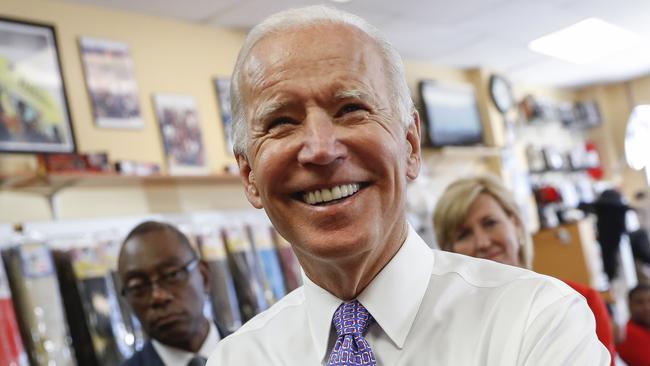
With Republican majorities in both houses of the US congress and an unorthodox President who demands attention, the Democrats have lurked in the shadows, trying to rebuild themselves after Trump’s triumph over Hillary Clinton in the 2016 race for the White House.
Few people, often including the Democrats, seem to know exactly what they stand for. The left wing is battling with the right as they try to determine whether they are a movement of inner-city liberals concerned with identity politics or a party that still talks to working-class America.
All the Democrats seem to agree on these days is that they detest the President and are determined to topple him.
So this week, even the Democrats seemed surprised that the party appears to be gathering momentum less than three months before crucial mid-term congressional elections.
This week in Ohio, in the last special election before the November 6 mid-terms, the Democrats almost stole a congressional seat that has been safely Republican for more than 30 years.
As of last night, Republican candidate Troy Balderson was leading Democrat Danny O’Connor by only several thousand votes in a suburban Columbus district that Trump held by a comfortable 11 points in the 2016 presidential election.
As the non-partisan Cook Political Report said, the result “reinforces our view that (Democrats) are substantial favourites to retake the house”.
In the mid-terms, the Democrats need to pick up 23 seats to win control of the House of Representatives. Since 1946, presidents with an approval rating below 50 per cent lose an average of 36 seats in the house. Trump has an approval rating in the mid-40s.
The Democrats need only two seats to win control of the Senate but this is considered a harder prospect because the Democrats also need to defend 10 seats in states Trump won in 2016.
But while the Democrats are buoyed by the results of the Ohio poll, the party is still a work in progress as it tries to rebuild, first for the mid-terms, then for the 2020 presidential race.
The mid-terms mark the effective launch of the Democrats’ 2020 presidential primary season.
Yet despite a Melbourne Cup-sized field of likely contenders, no Democrat has yet seized the public’s imagination as a presidential contender.
Says Joe Biden, vice-president in the Obama administration: “I’m really hoping that some other folks step up. I think we have some really good people.”
Biden happens to be the Democrat frontrunner, and he says he will decide by the end of the year if he will run for the 2020 presidential nomination.
But despite the apparent gains this week, the Democrats are not in good shape for 2020. There is no obvious superstar in the wings, such as a young Bill Clinton or Barack Obama, who can capture the public’s imagination.
What’s more, the party is deeply divided over what it stands for.
Some, such as Bernie Sanders, the left-wing firebrand who doggedly fought Hillary Clinton for the 2016 Democratic presidential nomination, want the party to lurch to the left, embrace a more populist agenda and try to beat Trump at his own game.
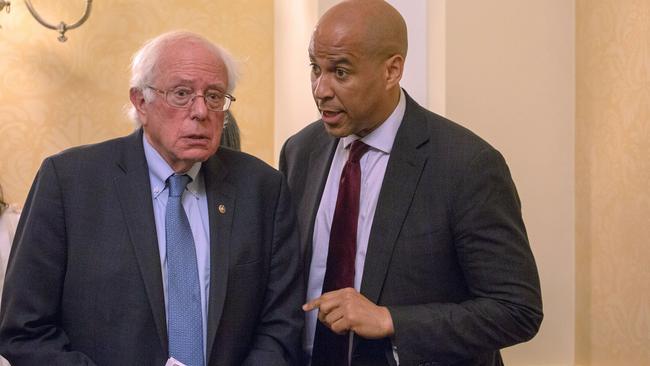
Others believe the best path back to power lies with the more establishment centrist pro-globalisation Clinton-Obama faction of the Democrats.
As this debate unfolds, the establishment candidate — Biden — stands out as the best known of the possible contenders.
A Harvard CAPS/Harris poll in June found Biden was the first choice among Democrats. He had 32 per cent support compared with 18 per cent for Clinton, who is not running in 2020, and 16 per cent for Sanders, who is expected to run but has yet to declare his candidacy. He would be 80 by the November 2020 election.
No other potential Democrat candidate received more than 6 per cent, underlining their low profile. But several Democrats are working hard behind the scenes to prepare for the moment when they throw their hats into the ring.
US senators Elizabeth Warren, Cory Booker, Kamala Harris and Kirsten Gillibrand are among those crisscrossing the country, raising money, testing messages and scoping out their likely support base. But for now the main focus is on Biden, who gives every sign he will run even though he would be 78 on Inauguration Day in 2021, making him the oldest elected US president by some way.
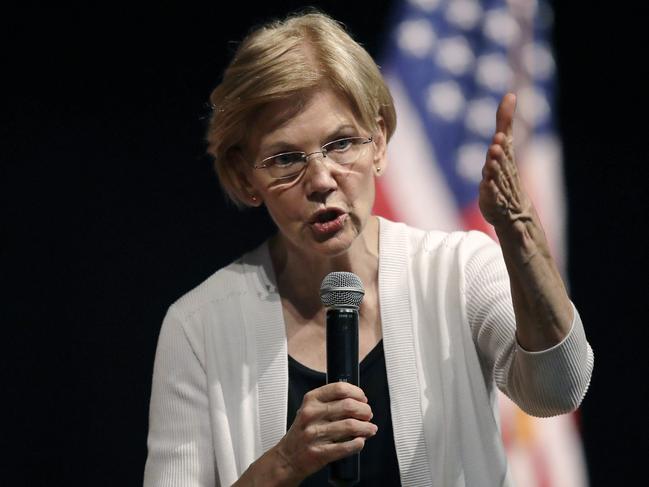
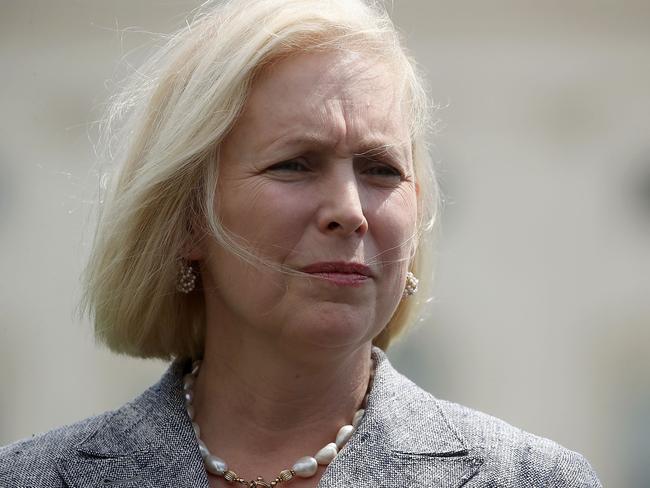
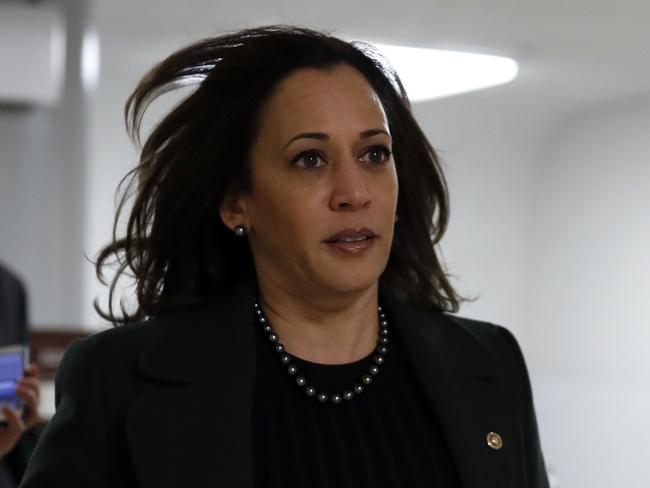
Biden has become increasingly vocal in his criticism of Trump and plans to play a high-profile role in campaigning for the Democrats in the mid-terms.
This year Biden, who says he would have beaten Trump in 2016, has not been acting like someone who is preparing for retirement. He has travelled around the US promoting a book, his new political action committee, American Possibilities, a new centre for diplomacy and global engagement, and the Biden Cancer Initiative.
“We’re in a battle for the soul of the nation,” says Biden.
In March Biden panned Trump’s comments about women.
“They asked me would I like to debate this gentleman, and I said no. I said, ‘If we were in high school, I’d take him behind the gym and beat the hell out of him.’ ”
Trump replied that Biden would “go down fast and hard, crying all the way” if they had fought.
Biden also went after Trump’s controversial Helsinki summit with Russia President Vladimir Putin, saying he had never seen “such behaviour from a president of the US on an international forum that diminishes the US”.
Trump hit back last month, saying he would “love” to run against Biden. “I dream, I dream about Biden,” Trump said. “Look, Joe Biden ran three times. He never got more than 1 per cent and President Obama took him out of the garbage heap, and everybody was shocked that he did. I’d love to have it be Biden.”

Biden says he will hold an “altar call” after the mid-terms to assess the party’s commitment to a possible White House bid by him.
To some Democrats, Biden’s strength is that he would offer Americans a path to return to a more civic, traditional and moderate presidency after the erratic reign of Trump.
But Biden has dreamt of the White House for 30 years and has only a mediocre track record in pursuing it. He ran unsuccessfully for his party’s nomination in 1988 and in 2008, performing poorly each time.
The six-term senator was vice-president during the eight years of the Obama administration and in 2015 strongly debated a third presidential run.
But while he was frontrunner in May 2015, his son Beau died of brain cancer at 46. Biden considered his position for some time before pulling out of the race, saying his son’s death meant he couldn’t devote the energy needed to be president.
Many Democrats believe that if Biden rather than the deeply unpopular Clinton had been nominated, Trump might not have won.
Veteran Republican and former presidential contender John McCain — who is battling brain cancer — rekindled his friendship with the former vice-president this year. Despite the party divide, McCain appears to believe Biden would represent the mainstream middle ground that has been vacated under Trump. When Biden visited McCain at his Arizona ranch recently, the Republican urged the Democrat “not to walk away” from politics, a comment some saw as an endorsement.
But other Democrats caution that to choose Biden in 2020 would be to wind the clock back and ignore the global siren call of populism. Much better, they say, to pull the party to the left and deliver a firebrand leader who can wield their own brand of Democrat-style nationalism to challenge Trump on his own terms.
Several key players in the party’s progressive wing appear to be preparing to join the race in 2020 and tilt the party leftward.
Sanders is pushing to remake the Democrats into a more traditionally left-wing party, to ease income inequality, lift minimum wages and introduce universal healthcare. He says the party has forgotten its base and bemoans the fact Clinton’s 2016 campaign wrongly targeted inner-city Democrat elites rather than the working voters who turned so heavily to Trump.
Yet Sanders, partly because of his age and the stridency of his message, is widely considered unelectable within his party despite his personal popularity.
The field of Democrat presidential contenders is expected to be large, reflecting the perception that Trump, whose approval ratings have remained below 50 per cent during his presidency, is vulnerable in 2020.
The Washington Post recently listed 33 potential Democrat candidates, although only about 10 have received any sort of media prominence.
After Biden and Sanders, polls show the most support for Booker, 49, an African-American senator from New Jersey who was mayor of Newark. Booker’s style is described as “a message of uplift” and he is popular among African-American voters, including in the south.
Harris, 53, is Californian senator and former prosecutor whose mother, who died in 2009, was a breast cancer researcher who had immigrated to the US from India and whose father, a Stanford economics professor, came from Jamaica. Harris is making her name as a critic of Trump’s immigration policies.
Gillibrand, 51, a senator from New York, is a Democrat attack dog for the #MeToo movement.
Warren, 69, remains the matriarch of left-wing Democrats.
Among current and former Democrat governors, Steve Bullock of Montana, Deval Patrick of Massachusetts and Virginia’s Terry McAuliffe are considering a run. Even several city mayors are said to be considering trying to be the first to vie for the White House directly from city hall. These include Los Angeles mayor Eric Garcetti and former New Orleans mayor Mitch Landrieu.
Obama quietly has been meeting many of these presumed candidates — including Warren, Sanders, Patrick, Booker, Landrieu, Garcetti and Biden — in his Washington office this year, offering advice on how to tackle Trump and how to position the party for 2020.
Obama and Biden remain close politically and personally. This week Biden lunched with the former president in Georgetown, just as they did each week during the eight years of the Obama White House.
After the lunch, Biden tweeted a picture of them laughing, adding “Happy birthday to my brother, my friend, @BarackObama”.
The wide-open Democrat race and the party’s confusion about its identity is good news for Trump.
The President’s approval ratings have risen to a high of about 45 per cent and, although this remains historically low, his base is proving staunchly loyal.
At least outwardly, Trump shows no sign that he is perturbed by any of the Democrat hopefuls.
“I think I’d like to have any one of those people that we’re talking about,” he says.
“There’s probably the group of seven or eight right now. I’d like to run against any one of them.”
Cameron Stewart is also US contributor for Sky News Australia.


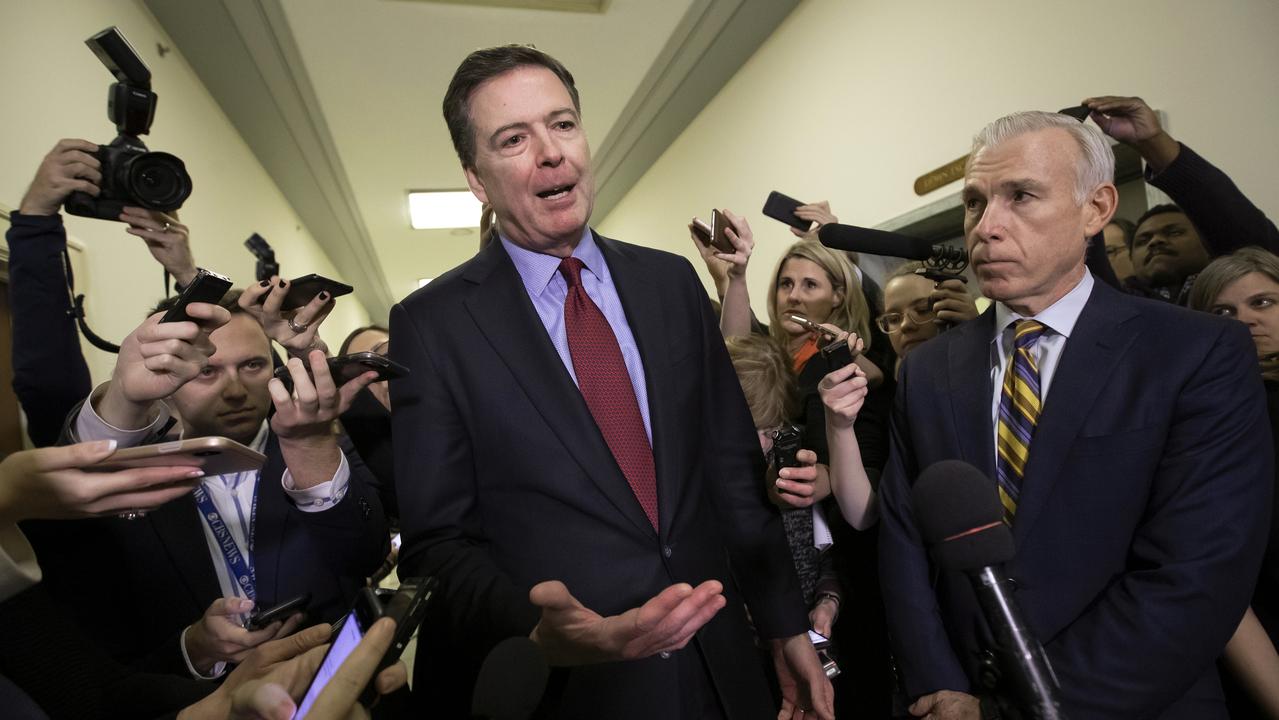
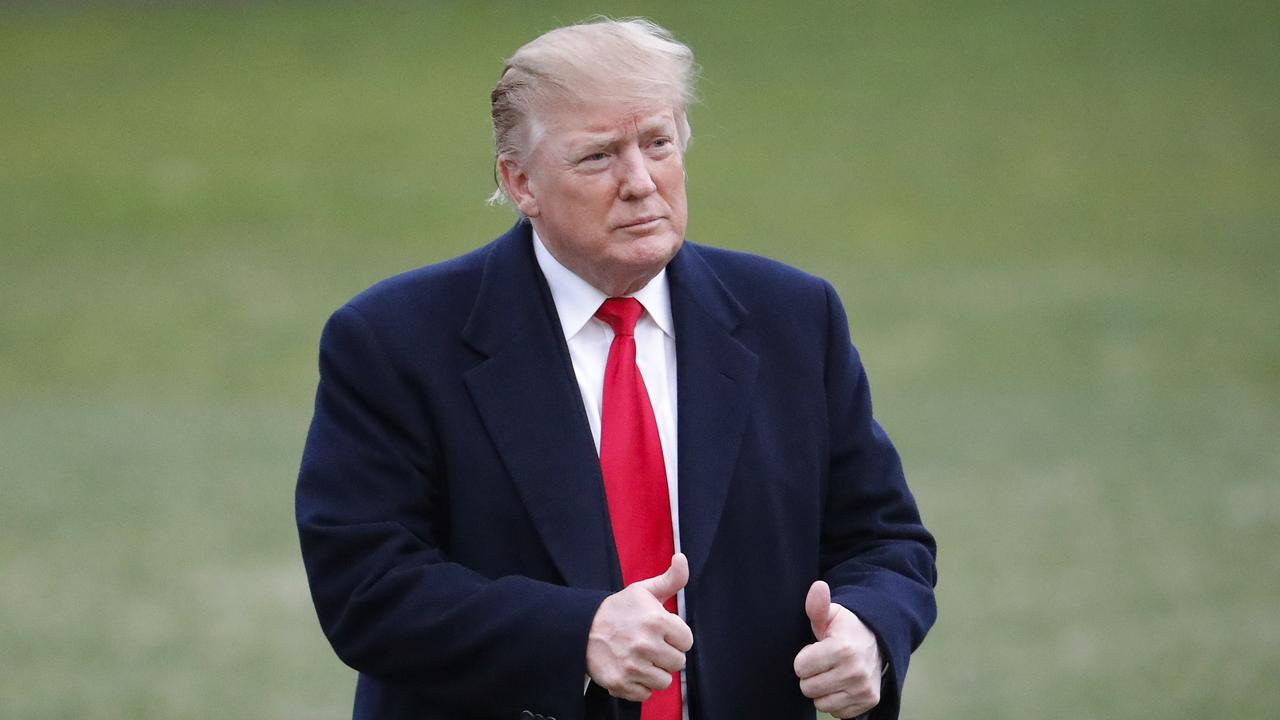
Donald Trump has so dominated Washington that the Democrats have barely been heard for the past 18 months.